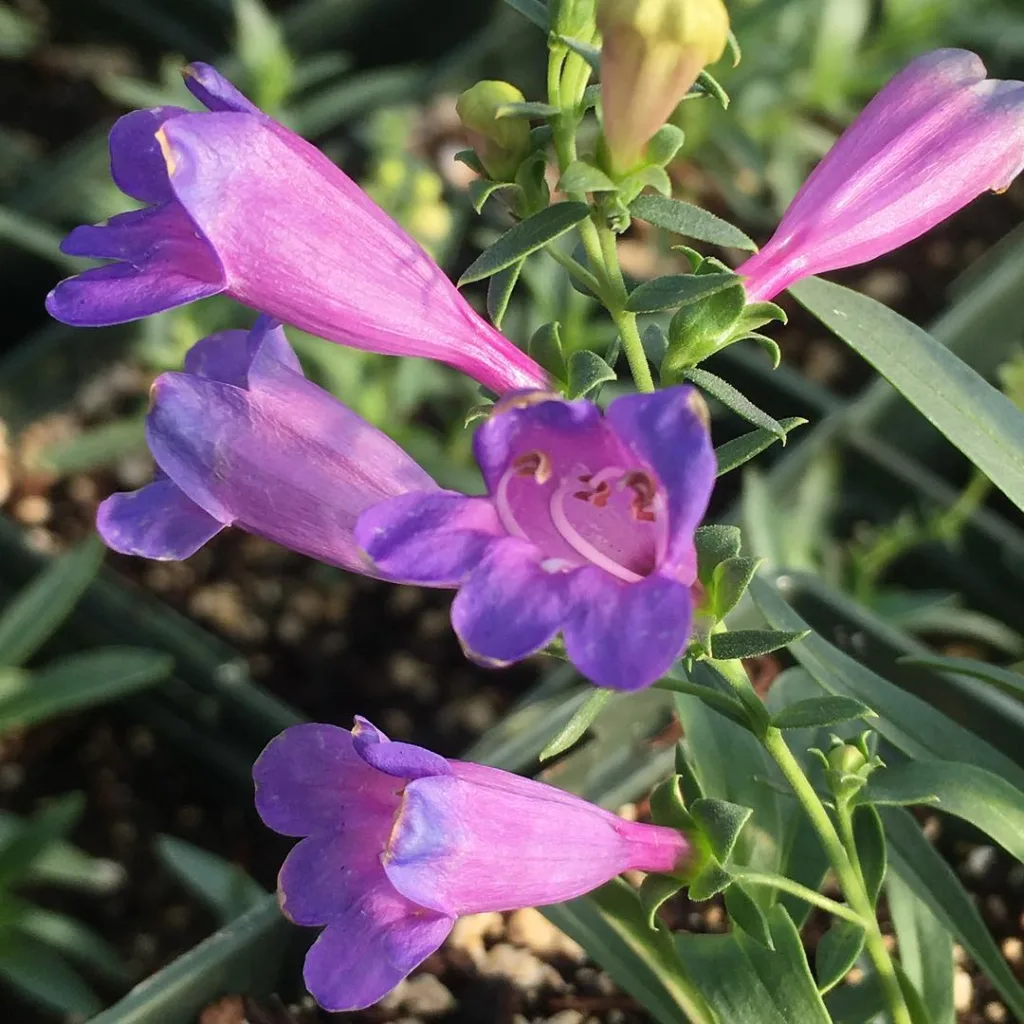What Is Pilea Serpyllacea Globosa?
Pilea Serpyllacea Globosa, also known as the Pilea ‘Globosa’, is a unique and charming houseplant. It’s a member of the Pilea genus, renowned for its small, round leaves and compact growth habit. Native to tropical regions, this plant has become popular among plant enthusiasts due to its distinctive appearance and relatively easy care requirements.
609 Species in Genus Pilea
How to Care for Pilea Serpyllacea Globosa?
Caring for Pilea Serpyllacea Globosa is relatively straightforward, making it an excellent choice for both novice and experienced plant owners. Here’s what you need to know to keep this plant thriving:
- Light: Pilea Serpyllacea Globosa prefers bright, indirect light. Direct sunlight can scorch its delicate leaves, so place it near a window with filtered light or use sheer curtains to diffuse the sunlight. It can tolerate lower light levels but will grow more slowly and may not be as full.
- Watering: Watering is crucial for this plant. It likes its soil to be kept consistently moist but not soggy. Allow the top inch of soil to dry out between waterings. Overwatering can lead to root rot, so make sure the pot has good drainage.
- Humidity: As a tropical plant, Pilea Serpyllacea Globosa enjoys higher humidity levels. If your home is dry, consider using a humidity tray or a humidifier to maintain the moisture around the plant. Regular misting can also help.
- Temperature: This plant thrives in temperatures between 65°F and 75°F (18°C to 24°C). It’s sensitive to cold and should be protected from temperatures below 50°F (10°C).
- Soil: A well-draining potting mix is essential. I use a mix of potting soil with added perlite or sand to ensure good aeration. This helps prevent waterlogging, which can cause root rot.
- Fertilizing: Feed your Pilea Serpyllacea Globosa with a balanced liquid fertilizer every 4-6 weeks during the growing season (spring and summer). Reduce feeding in the fall and winter when the plant’s growth slows down.
How to Propagate Pilea Serpyllacea Globosa?
Propagation of Pilea Serpyllacea Globosa is a fun and rewarding process. Here’s how you can do it:
- Stem Cuttings: The easiest method is by taking stem cuttings. Use a clean, sharp knife or scissors to cut a healthy stem just below a leaf node. Let the cutting dry for a few hours to form a callus.
- Planting: Place the cutting in a small pot with a well-draining potting mix. Keep the soil moist and provide bright, indirect light. The cutting should root within a few weeks.
- Transplanting: Once the new plant has established a good root system, you can transplant it into a larger pot. Ensure the new pot has drainage holes to prevent overwatering.
What to Plant With Pilea Serpyllacea Globosa?
Pilea Serpyllacea Globosa pairs well with other houseplants that have similar care requirements. Here are a few companions that work well:
- Spider Plant: Its arching leaves and contrasting texture complement the round leaves of Pilea Serpyllacea Globosa.
- Philodendron: Varieties like Philodendron Scandens or Philodendron Brazil add a lush, trailing element to the plant arrangement.
- Ferns: Plants like Boston Fern or Bird’s Nest Fern provide a soft, feathery contrast that enhances the overall look.
How to Use Pilea Serpyllacea Globosa?
Incorporating Pilea Serpyllacea Globosa into your home decor can be quite versatile:
- Tabletop Display: It makes a lovely addition to coffee tables, side tables, or shelves. Its compact size means it doesn’t take up much space.
- Terrariums: Due to its small size, it’s an excellent choice for terrariums or mini-greenhouses.
- Office Plants: Its low-maintenance nature makes it perfect for bright office environments where it can add a touch of greenery.
Is Pilea Serpyllacea Globosa Toxic?
No, Pilea Serpyllacea Globosa is non-toxic to both humans and pets. This makes it a safe choice for homes with children and animals. However, as with any plant, it’s always best to prevent pets from chewing on the leaves to avoid any potential digestive upset.
Common Issues with Pilea Serpyllacea Globosa
- Yellow Leaves: Often a sign of overwatering or poor drainage. Check the soil and adjust your watering routine as needed.
- Leggy Growth: If your plant starts looking leggy, it might not be getting enough light. Move it to a brighter spot or provide additional light.
- Pests: Watch out for common pests like spider mites or aphids. Regular inspection and prompt treatment with insecticidal soap can keep these issues at bay.
Pilea Serpyllacea Globosa is a delightful and easy-to-care-for plant that adds a touch of tropical charm to any space. By following these care tips and knowing how to address common issues, you can enjoy a thriving, healthy plant for years to come.
If i die, water my plants!

